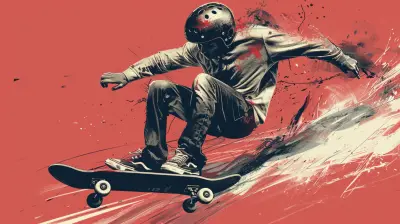Skateboarding in Popular Culture: From Tony Hawk to Street League
31 October 2025
Skateboarding has come a long way from being just a rebellious pastime for teenagers. What was once considered a fringe activity has now grown into a global phenomenon. And let’s face it, skateboarding isn’t just about doing tricks on a board with wheels anymore; it’s become an integral part of popular culture. From the days of Tony Hawk’s high-flying stunts to the modern-day spectacle of Street League tournaments, skateboarding has cemented itself in the mainstream.
But how did skateboarding go from being something that kids were yelled at for doing in parking lots to a sport featured in the Olympics? Let’s take a deep dive into how skateboarding evolved in popular culture, and why it still captures the imagination of so many people today.
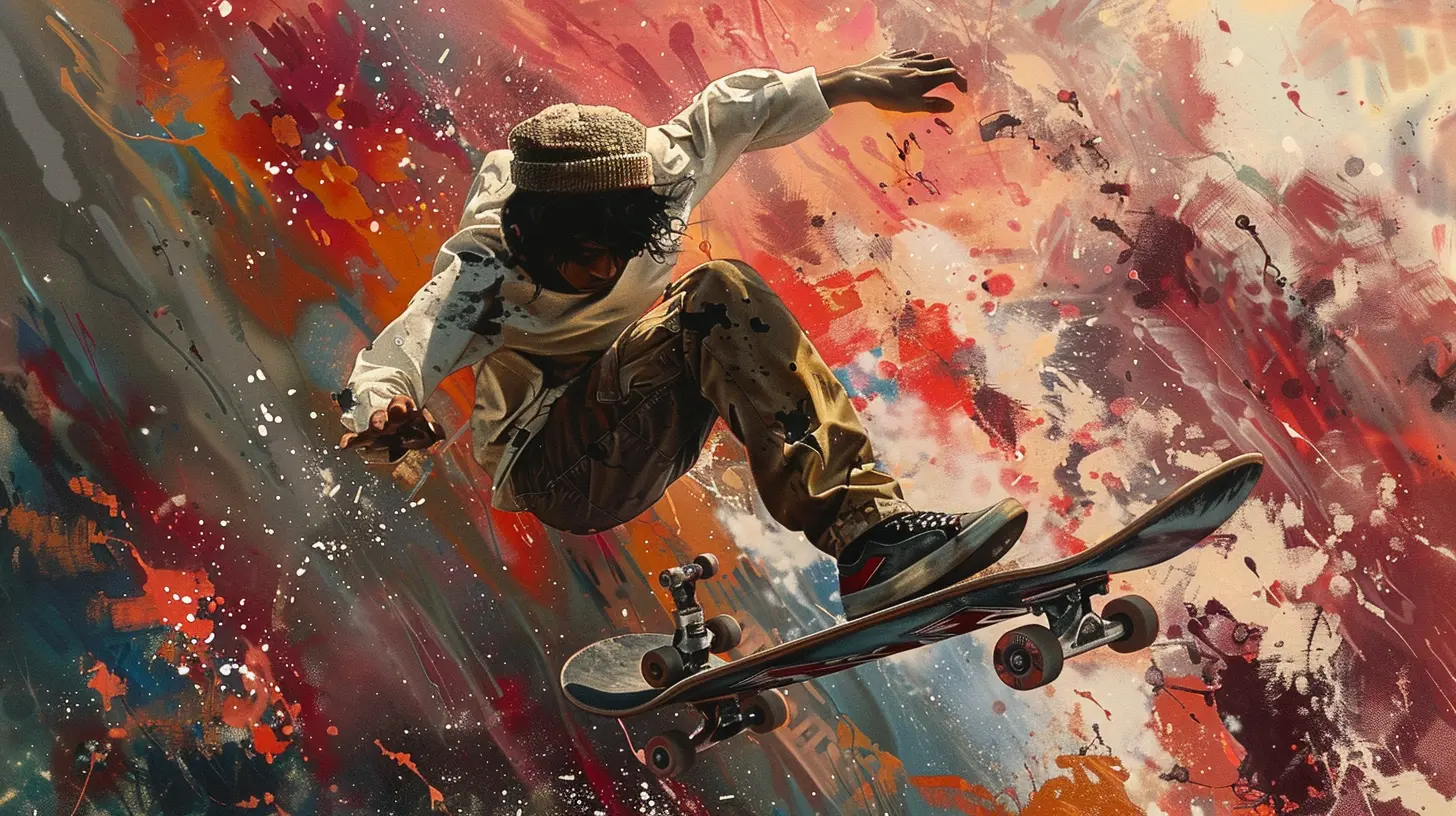
The Rise of Tony Hawk: A Skateboarding Legend
You can’t talk about skateboarding and popular culture without mentioning Tony Hawk. If skateboarding had a king, it would be him. Born in 1968, Tony Hawk is often credited with bringing skateboarding into the spotlight, especially during the 1980s and 1990s. He wasn’t just the guy who could nail insane tricks—he was the face of the sport.When people think of Tony Hawk, they often think of one moment: the 900. At the 1999 X Games, Tony Hawk became the first skateboarder to land a 900-degree spin. That’s 2.5 full rotations in mid-air! This jaw-dropping trick not only earned him legendary status but also helped push skateboarding into the collective consciousness of mainstream sports fans.
The "Tony Hawk's Pro Skater" Effect
Now, let’s not forget the cultural earthquake that was Tony Hawk’s Pro Skater video game series. Released in 1999, the game became an instant hit. It wasn’t just a game; it was an introduction to skateboarding for millions of kids and teens who may not have even owned a skateboard.The game was more than just a virtual experience—it was a cultural gateway. Through it, players were introduced to skateboarding legends like Rodney Mullen, Bucky Lasek, and Steve Caballero. Even better, it had a killer soundtrack featuring punk rock and hip-hop tracks that became synonymous with skate culture. Admit it, you probably still know the lyrics to Goldfinger’s "Superman," right?
By the early 2000s, Tony Hawk was a household name, and skateboarding was no longer just a subculture. It was everywhere—from TV commercials to clothing brands, and of course, video games.
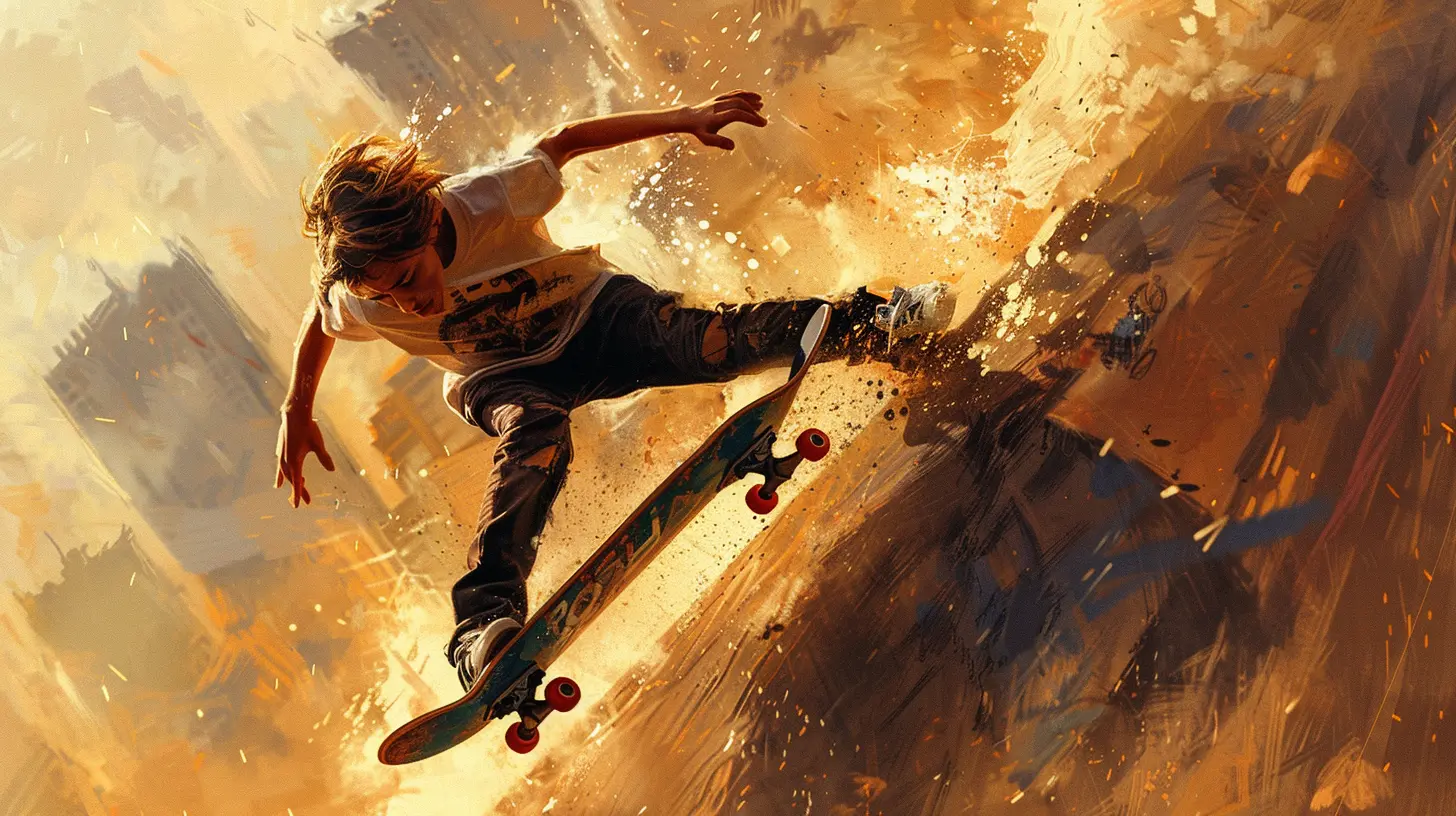
Skateboarding in Movies and TV Shows
Skateboarding’s infiltration into pop culture didn’t stop at video games. Hollywood also jumped on the bandwagon. Over the years, skateboarding has shown up in countless movies and TV shows, sometimes as a focal point and other times as a symbol of rebellion or freedom.Skateboarding as a Symbol of Rebellion
One of the first things that come to mind when you think of skateboarding is its rebellious nature. Let’s be real: skateboarding has always had a bit of a “bad boy” image. It’s the sport of choice for those who don't want to conform to traditional sports like football or basketball. And Hollywood noticed.Movies like Lords of Dogtown (2005) capitalized on this rebellious image. The film, which is based on the real-life Z-Boys skating crew from Venice Beach, California, explores the birth of modern skateboarding in the 1970s. It was raw, gritty, and showed that skateboarding wasn’t just a hobby—it was a lifestyle.
Skateboarding was also a major part of 1980s and 1990s teen culture in films like Back to the Future (who can forget Marty McFly’s makeshift skateboard escape?) and Gleaming the Cube (1989), where Christian Slater played a skateboarding vigilante. The silver screen loved to portray skateboarding as a way for young people to express their individuality and stick it to the man.
Skateboarding in TV Shows
TV shows weren’t far behind. From Rocket Power—a Nickelodeon cartoon about extreme sports enthusiasts—to Jackass, where Bam Margera and his crew of skaters and stuntmen made skateboarding part of their chaotic pranks, the sport found its way into living rooms across the globe.Skateboarding wasn’t just entertainment; it became a symbol of freedom for many. The culture around it, including the clothes, the music, and the laid-back attitude, became something that people wanted to emulate, even if they never stepped foot on a board.
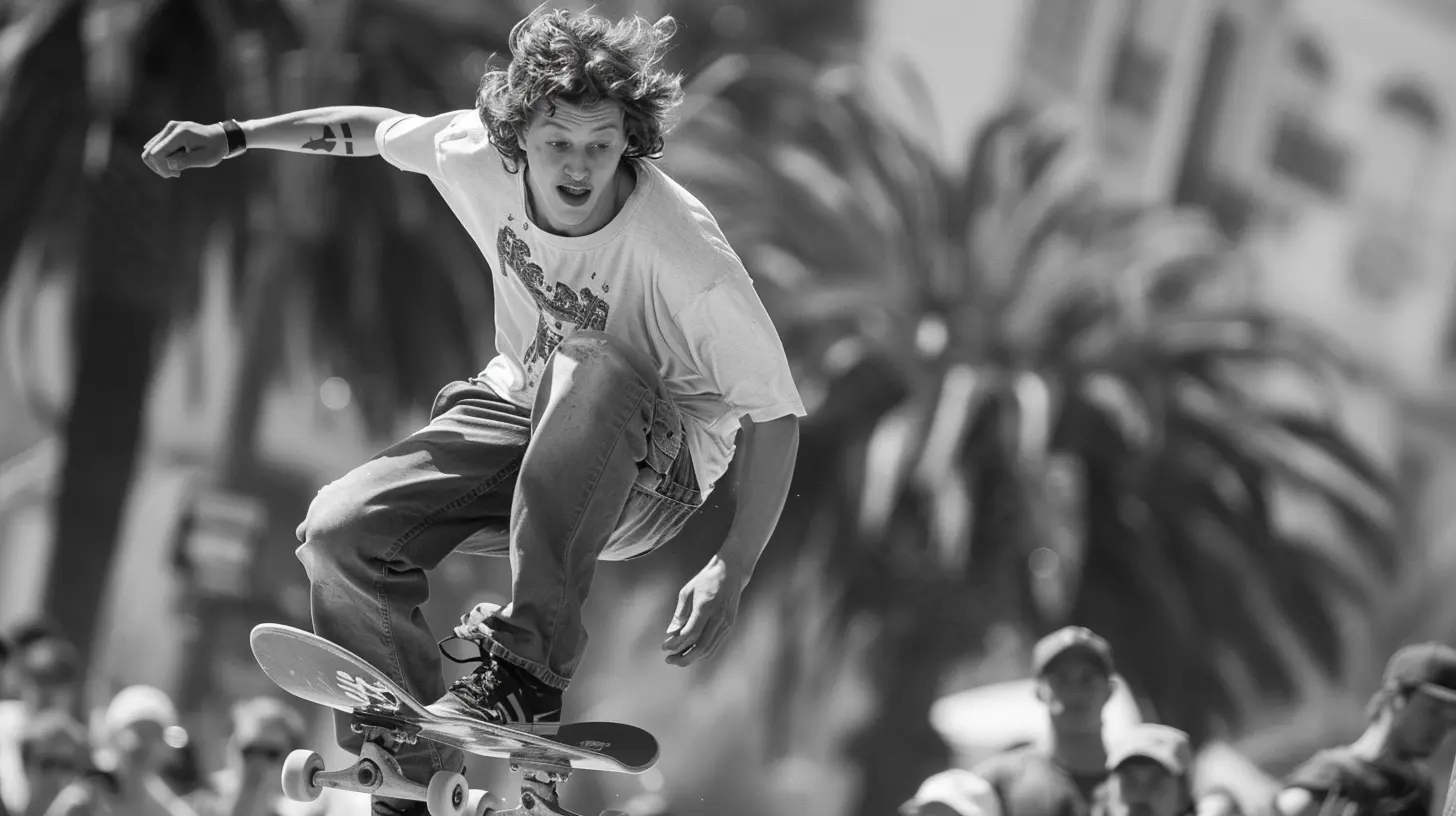
The Street League Skateboarding (SLS) Revolution
Fast forward to the 2010s, and skateboarding had evolved yet again. While Tony Hawk had brought skateboarding to the mainstream, Street League Skateboarding (SLS) took it to the next level of competitiveness and professionalism.Founded in 2010 by pro skateboarder Rob Dyrdek, SLS aimed to create a structured and widely-viewed competition series for skateboarding. Unlike other skate contests, SLS focused on street skating—where skaters perform tricks on obstacles like rails, stairs, and ledges—rather than vert skating (those massive half-pipes Tony Hawk dominated). This shift reflected the evolving tastes of the skateboarding world, which had grown more street-oriented over the years.
The Impact of SLS on Skateboarding
SLS wasn’t just another skate competition. It was designed to be the pinnacle of street skateboarding. With massive cash prizes, live broadcasts, and a scoring system that added drama to each trick, SLS transformed skateboarding into a legitimate spectator sport.Before SLS, skateboarding competitions were often seen as niche events. But SLS changed that by attracting major sponsors and networks like ESPN. It wasn’t long before the best street skaters—names like Nyjah Huston, Paul Rodriguez, and Chris Cole—became stars in their own right. These guys were no longer just skaters; they were athletes.
SLS also introduced a new audience to skateboarding. Thanks to social media and live streams, people from all over the world could tune in to see the best skaters battle it out. This global reach helped to elevate skateboarding even further, preparing it for the ultimate leap…
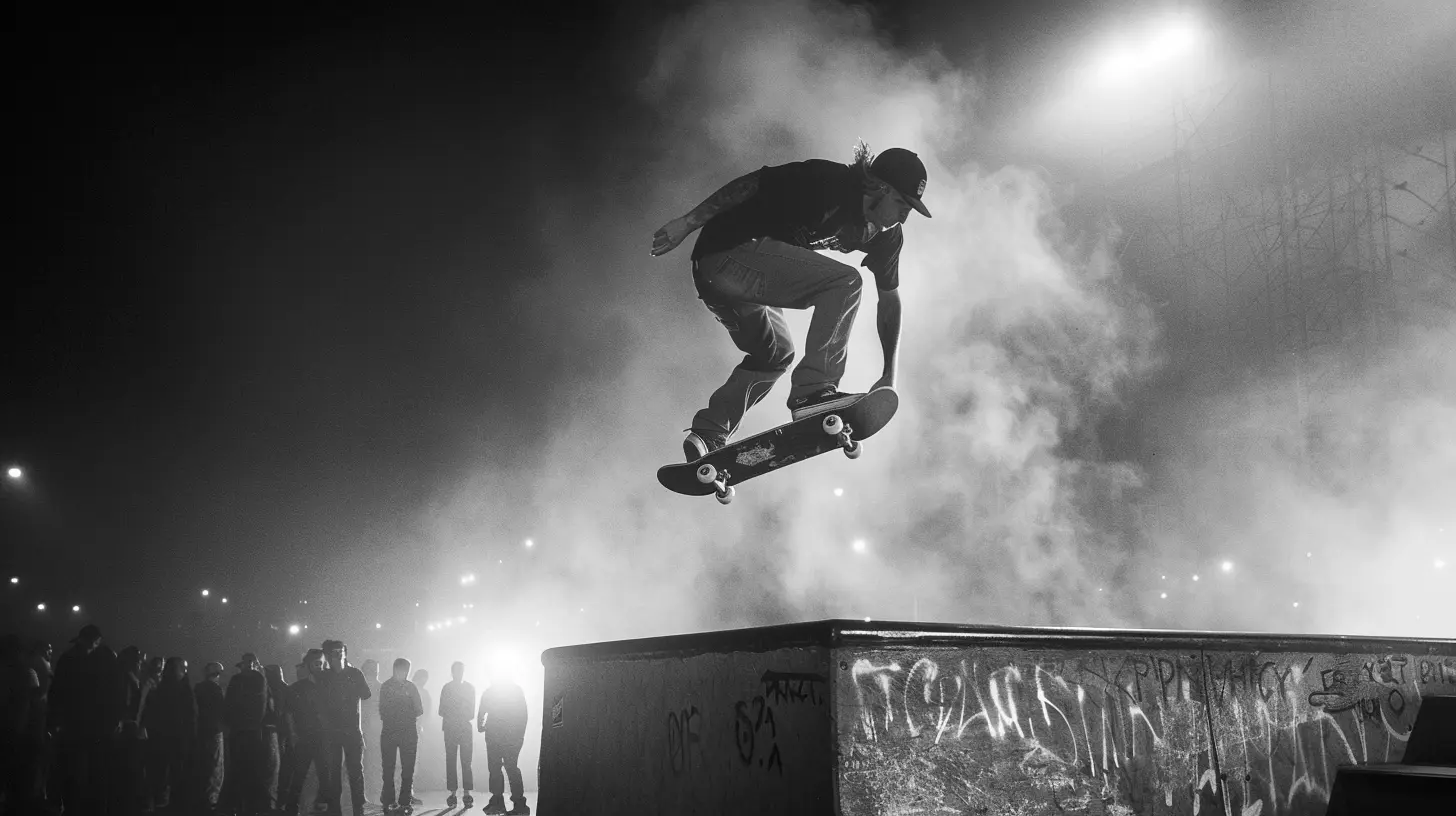
Skateboarding in the Olympics
Yes, you read that right. Skateboarding made its debut at the 2020 Tokyo Olympics (held in 2021 due to the pandemic). Think about that for a second—skateboarding, once seen as an outsider activity for misfits, was now an Olympic sport, standing alongside athletics and gymnastics.The inclusion of skateboarding in the Olympics was a monumental moment for the sport. It legitimized skateboarding in the eyes of millions, especially those who might have previously dismissed it as a “hobby” rather than a serious sport.
The Olympic skateboarding competition featured two disciplines: street and park. Street skating, much like SLS, focused on performing tricks on obstacles like rails and stairs. Park skating, on the other hand, took place in a large bowl, where skaters performed vert tricks. It was a showcase of both technical skill and creativity.
What Does This Mean for Skateboarding?
The Olympics have given skateboarding a global platform like never before. It has opened doors for new talent, especially from countries that may not have had a strong skateboarding scene in the past. Now, skaters from places like Japan (where Yuto Horigome won gold in men’s street) and Brazil (Rayssa Leal, just 13 years old, took silver in women’s street) are becoming household names.The Olympic spotlight has also led to increased investment in skateboarding infrastructure, with more skateparks being built worldwide and more brands looking to sponsor talented skaters. In short, skateboarding is no longer just a niche activity; it’s a global sport.
Skateboarding's Influence on Fashion and Music
Skateboarding culture has always been about more than just skating. It’s influenced everything from fashion to music, and its impact is still felt today.Skate Fashion: From Baggy Jeans to Streetwear Icons
If you’ve ever worn a pair of Vans or DC Shoes, you’ve felt the influence of skateboarding on fashion. Skate style has always been about comfort and durability. Baggy jeans, oversized t-shirts, and flat-soled shoes were the norm back in the day—ideal for the rough-and-tumble nature of skateboarding.As skateboarding grew in popularity, so did its fashion. Brands like Supreme, Thrasher, and Palace became streetwear icons, with their skate-inspired designs being worn by everyone from skateboarders to fashionistas. Skateboarding’s DIY aesthetic has become a cornerstone of modern streetwear, and its influence can be seen in high fashion as well. Even luxury brands like Louis Vuitton have collaborated with skaters like Lucien Clarke.
The Soundtrack of Skateboarding
Music has always been a huge part of skateboarding culture. From punk rock to hip-hop, skaters have often gravitated toward genres that reflect the rebellious and nonconformist spirit of the sport.Punk rock, with its fast beats and raw energy, has long been the unofficial soundtrack of skateboarding. Bands like Bad Religion, The Dead Kennedys, and Black Flag were mainstays in skate videos during the 1980s and 1990s. As skateboarding evolved, so did its musical tastes. Hip-hop, with its focus on street culture, also became a major influence in the skate scene, with artists like A Tribe Called Quest, Wu-Tang Clan, and Nas being favorites among skaters.
Today, skateboarding continues to be a melting pot for both music and fashion, constantly evolving while staying true to its roots.
Conclusion: Skateboarding's Enduring Place in Popular Culture
From Tony Hawk’s gravity-defying tricks to the global stage of Street League and the Olympics, skateboarding has firmly established itself as a cultural force. It’s no longer just a sport for outcasts or thrill-seekers; it’s a lifestyle, an art form, and a global community. Skateboarding has influenced everything from fashion to music, and its rebellious spirit continues to inspire generations.Whether you’re a kid picking up a board for the first time, or someone who grew up playing Tony Hawk’s Pro Skater, skateboarding will always have a place in pop culture. And who knows? The next Tony Hawk might be out there right now, perfecting their 900.
all images in this post were generated using AI tools
Category:
SkateboardingAuthor:

Nelson Bryant
Discussion
rate this article
1 comments
Oren Reyes
Skateboarding transcends sport; it’s a rebellious art form. From Tony Hawk’s groundbreaking tricks to the mainstream hype of Street League, it’s clear: skate culture is here to stay, unapologetically.
November 25, 2025 at 5:53 AM

Nelson Bryant
Absolutely! Skateboarding embodies a unique blend of art and rebellion, cementing its place in popular culture and showcasing creativity through every trick and event.
